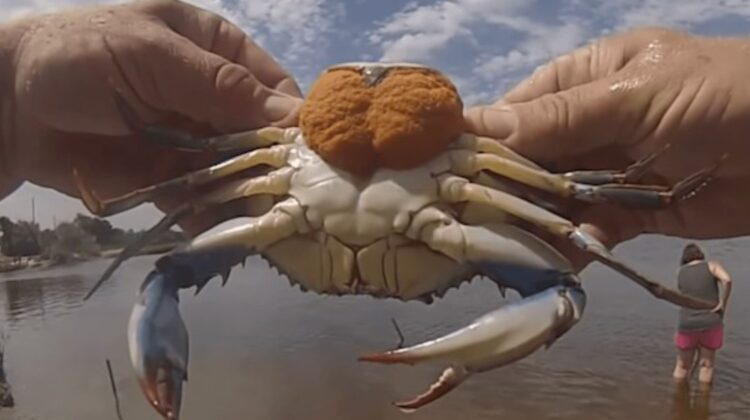
Understanding the Importance of Female Crabs in Marine Ecosystems
If you’re a recreational crabber, it’s crucial to recognize the role of pregnant female crabs in sustaining the crab population. These crabs carry thousands of eggs in their “sponge,” ensuring the survival of future generations. Keeping them disrupts the ecosystem and could lead to a decline in crab populations, ultimately affecting seafood industries and marine biodiversity.
Why Female Crabs Matter for Future Generations

A female crab can only mate once in her lifetime. After this, she carries and releases her eggs, playing a vital role in replenishing crab stocks. Removing pregnant crabs from the water can significantly reduce future harvests, leading to stricter fishing regulations and potential shortages in seafood markets.
How to Identify a Pregnant Female Crab
Before keeping a crab, check for these signs:
- Sponge-like mass under the belly (bright orange or brownish color)
- Broader, rounded abdomen (compared to the narrow shape in males)
- Size and shape differences from male crabs
If you catch a pregnant crab, it’s essential to throw her back immediately. This small act ensures sustainable crabbing and maintains a healthy marine balance.
The Economic and Environmental Impact of Overharvesting Female Crabs

Overharvesting female crabs can lead to:
- Declining crab populations, increasing seafood prices
- Stricter fishing regulations, affecting both recreational and commercial fishers
- Ecosystem imbalance, harming other marine species
By following ethical crabbing practices, we protect marine life, maintain seafood supply, and support sustainable fishing industries.
Final Thoughts: Do Your Part in Crab Conservation
When crabbing, always remember: Pregnant female crabs should never be kept! Respecting marine life ensures a thriving crab population for future generations. Protect our oceans—practice responsible crabbing today!

Leave a Reply